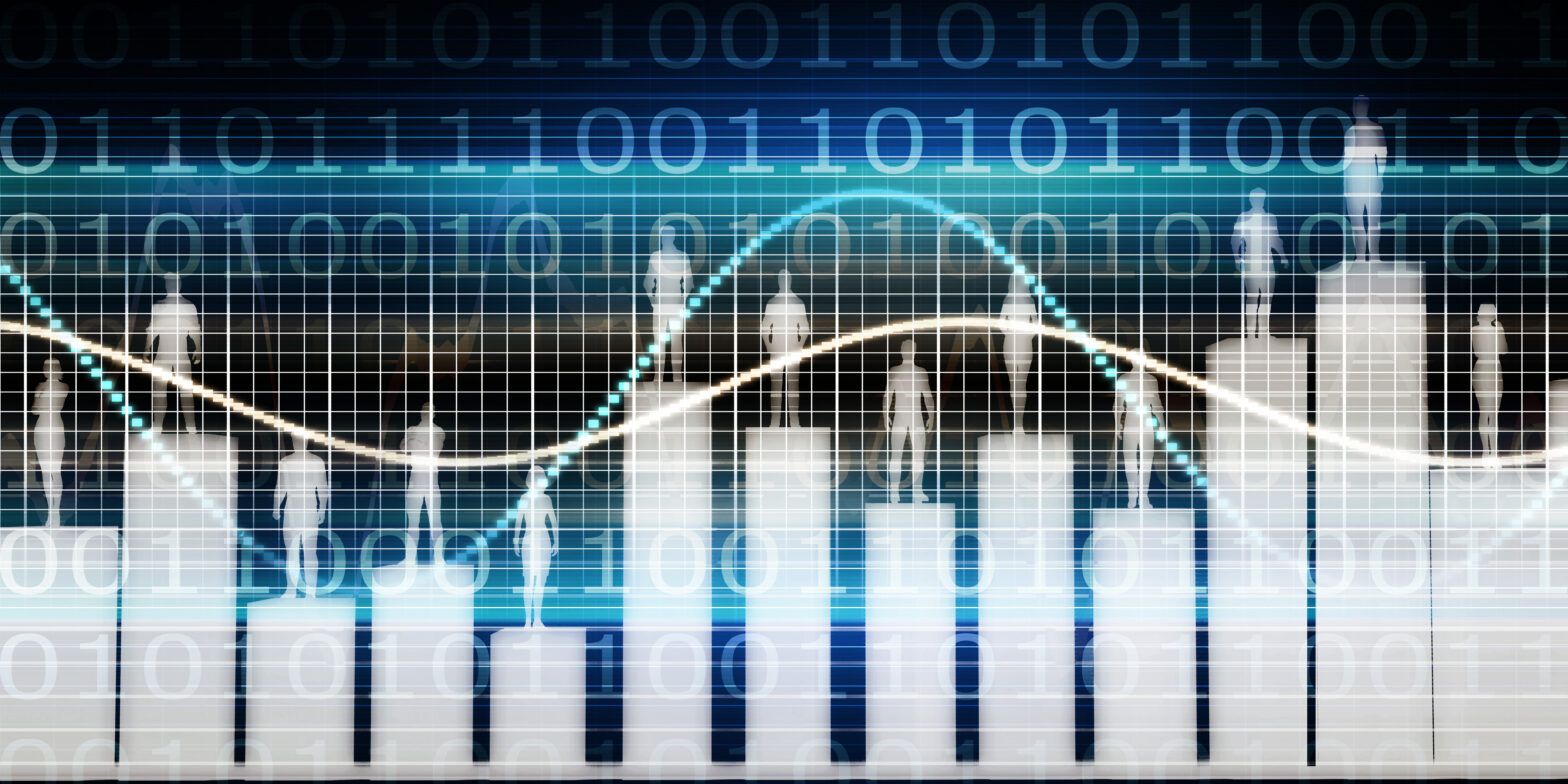The government-backed Thriving At Work report, suggests organisations are losing £42 billion per year due to staff suffering from mental health problems, affecting up to 300,000 jobs per year.
For a generally human-facing role, the evolution of human resources is inextricably bound to the technology that powers it. After all, the demand for HR to deliver both transactional and transformational services requires the development of efficient and integrated communication processes and knowledge-based resource centres.
It is only when the HR function is managing the administrative tasks, processes and data efficiently that it can begin to deliver step changes in company-wide performance and implement strategic goals.
>See also: How will the growth of AI impact the HR and recruitment sectors?
Unfortunately, however, it seems as though most organisations become caught in an already-out-of-date technology loop. A new demand upon HR comes along, like mental health monitoring, which requires a new approach to technology and consumes budget and effort to implement. By the time the technology is applied, the organisation develops further, which leads to a demand for newer technology. Thus the already-out-of-date loop continues.
The Thriving at Work report is a perfect example. It made recommendations which will place a new burden on HR to support. The report covers a hugely important subject, but it is now up to the organisations to make accommodations.
Rather than shunting the work off to HR, forward-thinking organisations are supporting new policies like this with artificial intelligence (AI) powered solutions.
For example, consider the AI-driven chatbot technology which is becoming very popular for internal communication in the enterprise space.
This chatbot technology powers communication, it is a computer programme that humans can talk to naturally. The chatbot learns whatever the organisation teaches it and it communicates with and answers staff questions 24 hours a day.
>See also: AI in the workplace – what executives need to consider
The introduction of AI in the workplace has been building for some time; we are beginning to understand what it can and can’t do. This is particularly true within HR and the potential for supporting employee mental health.
Chatbots can help as the first point of contact, for thoughtful communication around mental health services, support and content. When someone is going through a crisis, they can feel very alone.
There’s the realisation that something might be wrong and before they are ready to speak to a real person, they can have a voice or text chat with the chatbot to learn about the services they might need – at any time of the day or night.
There’s no barriers or judgement with AI. It can be personal and private. If someone is ready and does want to escalate matters and make an appointment to speak to HR, the chatbot can be programmed to direct them to the right place.
Chatbots also offer personalised interactions. They can be programmed to behave just like a human, a fellow employee or a friend. They allow people to discuss issues they may feel uncomfortable talking about with a colleague or manager. It takes away the emotion (which for some topics can be a good thing), judgement and bias.
>See also: Can AI eliminate hiring bias?
The technology also acts as a pulse for the company, enabling the organisation to monitor problems and morale. This monitoring is typical anonymised, encrypted and protected. It gives access to a vast amount of data on a human, conversational level.
Many of the inbound requests from staff to HR are routine; often HR agents are directing people to the same resources and copy-pasting templated responses. The HR chatbot solution can take care of the low-hanging fruit of inbound enquiries. Instantly answering the routine and enabling HR staff to have the time they need to deal with the more complicated queries and strategic goals.
The Thriving at Work report presented a number of specific actions organisations should implement to support mental health in the workplace. The following three are fit for AI-powered support:
• build mental health awareness by making information and support accessible;
• encourage open conversations;
• routinely monitor employee mental health.
The flexibility of an AI-powered conversational solution lies in the ability to retrain it quickly. If an organisation detects a particular issue or problem in the workforce, or best practices create a new policy, the chatbot is simply taught whatever it needs to know. The technology is much less susceptible to becoming out of date.
>See also: AI: from hype to reality in healthcare
Prime Minister Theresa May, who commissioned the report, said: “It is only by making this an everyday concern for everyone that we change the way we see mental illness, so that striving to improve your mental health – whether at work or at home – is seen as just as positive as improving our physical well-being.”
The review said that people with long-term mental health problems were leaving jobs at twice the rate of colleagues with no such issues. It is common knowledge amongst professionals in recruitment that its costs more to replace than retain employees.
Is it time to read the report and see what AI technology can do for your business?
Sourced from Dean Withey, CEO, ubisend







